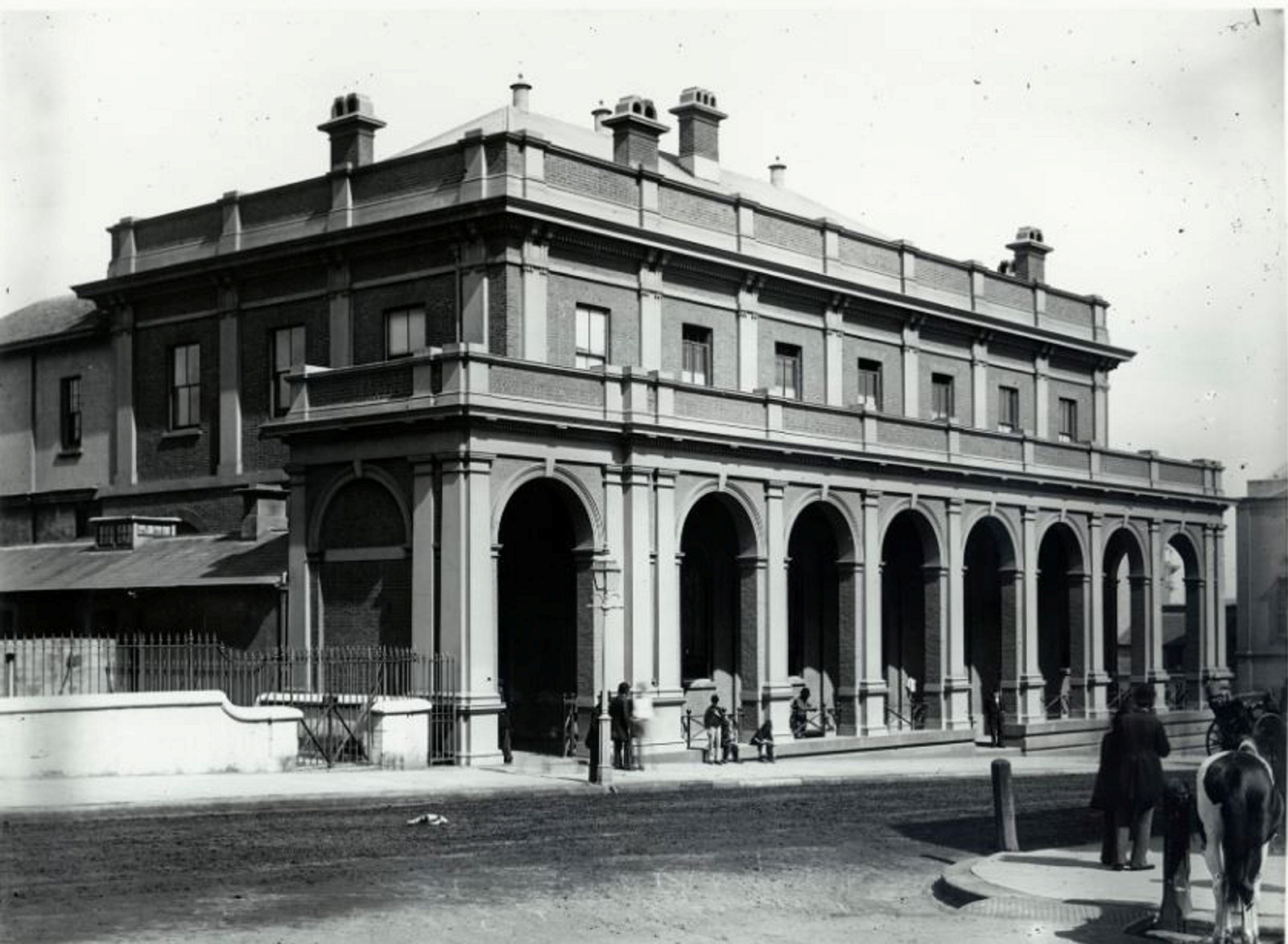Court of Criminal Jurisdiction guide
The establishment of a NSW Court of Criminal Jurisdiction was authorised by King George III, through the First Charter of Justice (Act 27 Geo.III c.2) 1787.
How the Court worked
The Letters Patent (or Charter of Justice) provided that the Court should be a Court of Record presided over by the Judge Advocate of the Colony, together with six naval or military officers appointed by the Governor, with the authority to try all criminal causes which were offences under the law of England. A majority vote of the Court was sufficient for conviction except in capital cases, where unless five members of the Court held the accused guilty, the matter was reserved for Royal decision.
Sentencing
In composition and procedure the Court of Criminal Jurisdiction resembled a court martial. The only sentences the Court could inflict were death for capital offences and corporal punishment (ordinarily by flogging, sometimes by close confinement) for all others.
The Court of Criminal Jurisdiction was abolished in 1824.
Establishment of the Supreme Court
1824
The Charter of Justice issued under the provisions of the New South Wales Act 1823 (Act 4 Geo.IV c.96), established a Supreme Court with both civil and criminal jurisdictions.
The Supreme Court was given jurisdiction in all pleas, civil, criminal and mixed, and the jurisdiction of the Courts of Kings Bench, Common Pleas and Exchequer, and Courts of Oyer and Terminer [to hear and determine] and General Gaol Delivery.
The most serious criminal offences, including all crimes where capital punishment could be the penalty, were heard before the Judges of the Supreme Court. In criminal cases all trials were to take place before judge and jury of seven military or naval officers. In 1833 the Colonial Act 4 (Will. IV no.12) allowed accused persons the choice of a jury of twelve civilians or seven military officers. In 1839 the Act 3 Vic. no.11 abolished military juries entirely.
- More about the Court of Criminal Jurisdiction (Agency No. 535)
- More about the Supreme Court Criminal Jurisdiction (Agency No. 1065)
Related resources
Crime and Punishment Gallery
Featuring gaol photographs from our collection.
Decisions of the Superior Courts of New South Wales, 1788-1899
The edited records of legal cases, concentrating on the Supreme Court's decisions between 1824 and 1841 as well as a number of cases concerning Aboriginal people from later years, has been published by the Division of Law Macquarie University.
Original Documents on Aborigines and Law, 1797-1840
The site - Original Documents on Aborigines and Law, 1797-1840 - contains digital copies of selected documents and transcriptions covering the period between 1797 and 1840. These are believed to have been collected by Justice William Burton of the Supreme Court of NSW. They are available at the Centre for Comparative Law History and Governance of Macquarie University website.
Capital Punishment Database, 1826-37 (Castle Database)
This database contains the details of 1300 people sentenced to death between 1826 and 1837.
Some were executed, and many others were reprieved by the Governor and the Executive Council only to face a term of transportation to places such as Norfolk Island or Moreton Bay.
The Castle database can be searched by first name, surname, sentence date, gender, crime and Aboriginality.
Further reading
Macquarie Law Division Website - Decisions of the Superior Courts of New South Wales 1788-1899
At present the Macquarie University website includes a number of transcriptions concentrating on the decisions of the Supreme Courts and other courts of unlimited jurisdiction between 1788 and 1841. The site is presently under construction and new cases will be added over time.
Related

Records of the higher courts
Court of Quarter Sessions, the District Court and the Supreme Court. This webinar explores the records of these courts and how to find them